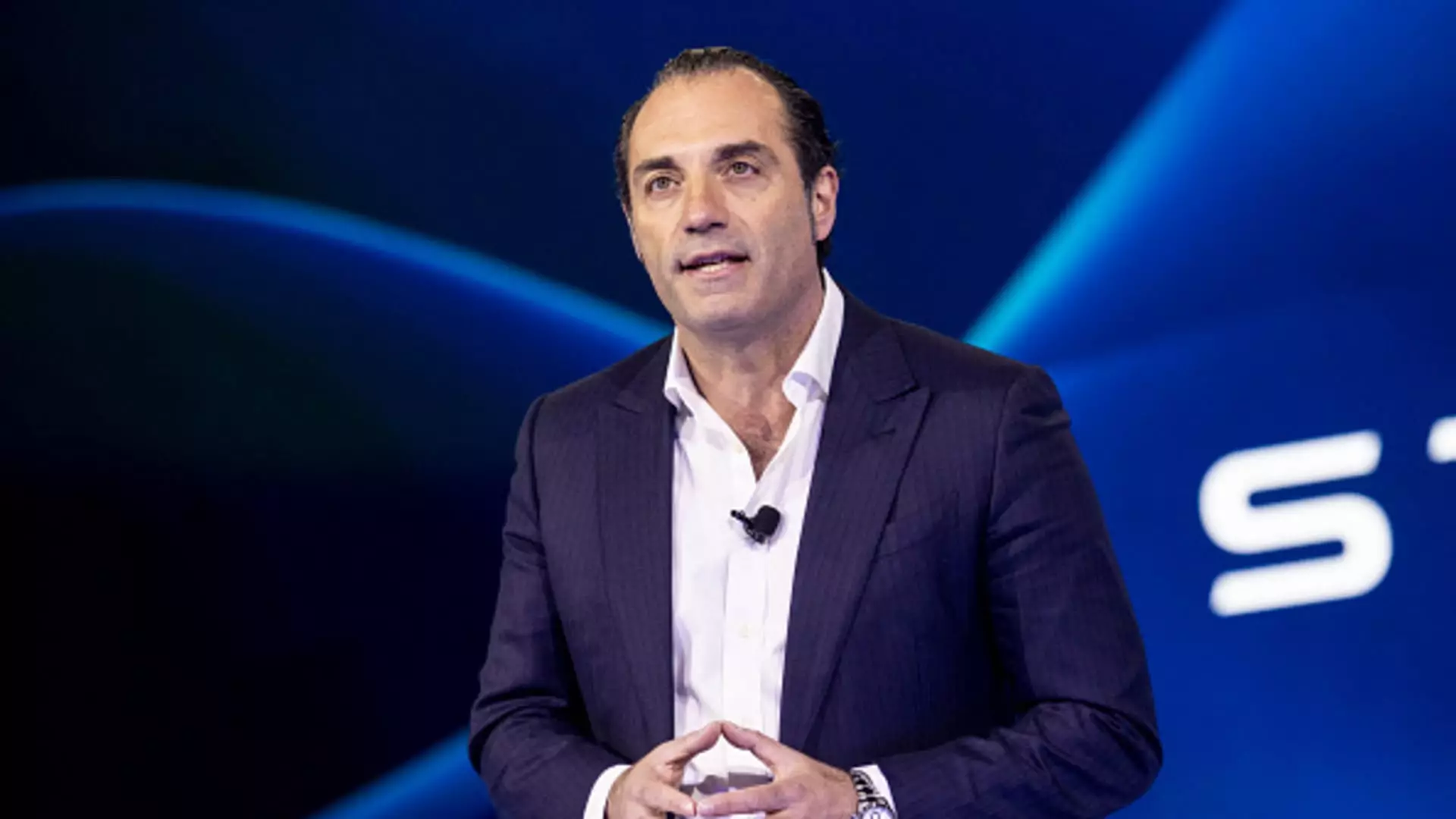Stellantis, the global automotive conglomerate formed from the merger of Fiat Chrysler and PSA Groupe, finds itself in a pivotal moment as it strives to reclaim its footing in the U.S. market. The company has experienced a troubling decline in sales for several consecutive years, prompting a comprehensive reassessment of its operations under new leadership. Antonio Filosa, the newly appointed head of Stellantis’ North American division, has made it clear that revitalizing retail market share in the U.S. is the top priority. This renewed focus comes in the wake of substantial losses in market presence, which shrank from 12.6% in 2019 to just 9.6% in 2023.
Filosa acknowledges that the past few years have not been kind to Stellantis and recognizes the critical need for change. The approach to recovery hinges not only on revitalizing relationships with dealers but also on rolling out innovative products that resonate with American consumers. By fostering collaboration with dealerships and deploying additional incentives, Stellantis hopes to reverse the trend of declining retail sales. Filosa’s assertion that “U.S. retail market share is our main priority” encapsulates the urgency felt within the organization.
Leadership and Market Strategy: A Shift in Focus
The company’s previous strategy, emphasized under former CEO Carlos Tavares, concentrated heavily on maintaining profitability at the expense of market share. This approach has come under scrutiny as Stellantis grapples with the repercussions of lost ground in a competitive arena. The need for a paradigm shift is palpable among executives, as they navigate the increase-or-fall dynamic facing the company by the target year of 2025. Bob Broderdorf, who leads Jeep in North America, has indicated a renewed commitment to aggressive strategies aimed at revitalization. His remarks suggest that significant changes are being implemented and that the consumer experience of Stellantis’ brands is markedly different than it was just six months ago.
The challenges are particularly pronounced for major divisions like Jeep and Ram Trucks. Under Tim Kuniskis’ leadership, Ram Trucks has faced a particularly rough year, attributed to delays in the rollout of redesigned models. Kuniskis is optimistic about a rebound, indicating a strategic pivot that aims to support both volume and profit margins. The emphasis on balancing these elements is indicative of a broader corporate understanding that sustainable success requires more than just cost-cutting measures.
Adapting to Future Challenges
The North American market’s importance cannot be understated, particularly as Stellantis prepares for potential regulatory changes stemming from the incoming political administration. Filosa has expressed awareness of the potential impact on the company’s operations should electric vehicle incentives or tariffs on key trade partners change. He mentions, “We are working, obviously, on scenarios,” indicating a proactive approach to adapting the business model in response to external pressures. Such foresight is critical as it allows Stellantis to remain flexible and prepared for a fluctuating economic landscape.
As Stellantis undergoes this period of transformation, it must contend with both its legacy and a rapidly evolving automotive industry. Electric vehicles, sustainability, and technological innovation are not just trends; they are necessities that require strategic alignment in the company’s offerings. The resurgence of interest in electric vehicles is reshaping consumer expectations, and Stellantis must position itself as a leader in this domain to be competitive in the long term.
Stellantis stands at a crossroad, tasked with the dual challenges of repairing its market share and redefining its operational focus. With a fresh leadership team committed to fostering dealer relationships and improving product offerings, the automaker has laid the groundwork for a potential turnaround. As it confronts the threat of changing regulatory environments and increased competition, the keen awareness of past missteps should inform a more strategic approach moving forward. For Stellantis, the road to recovery is intricate, but with careful planning and adaptability, the company could once again make a significant mark in the U.S. automotive market.

